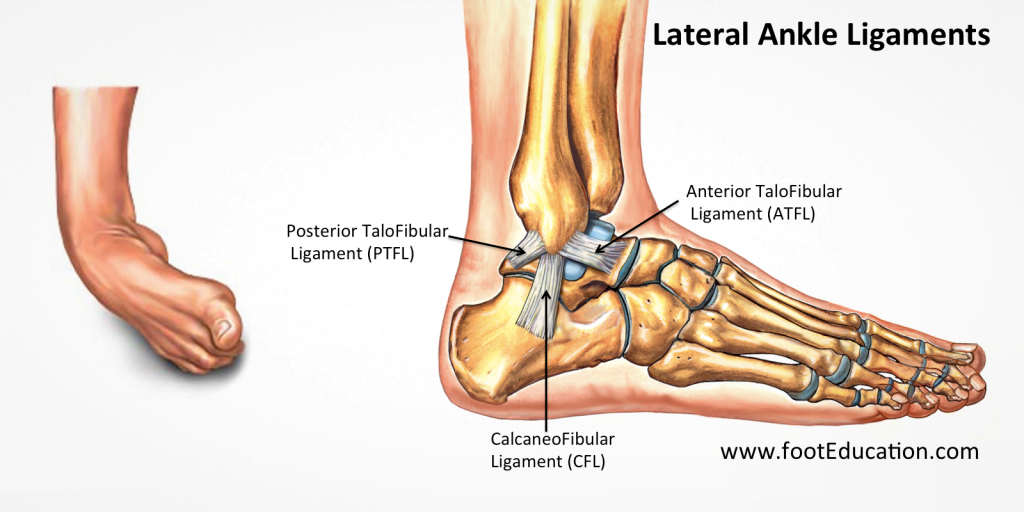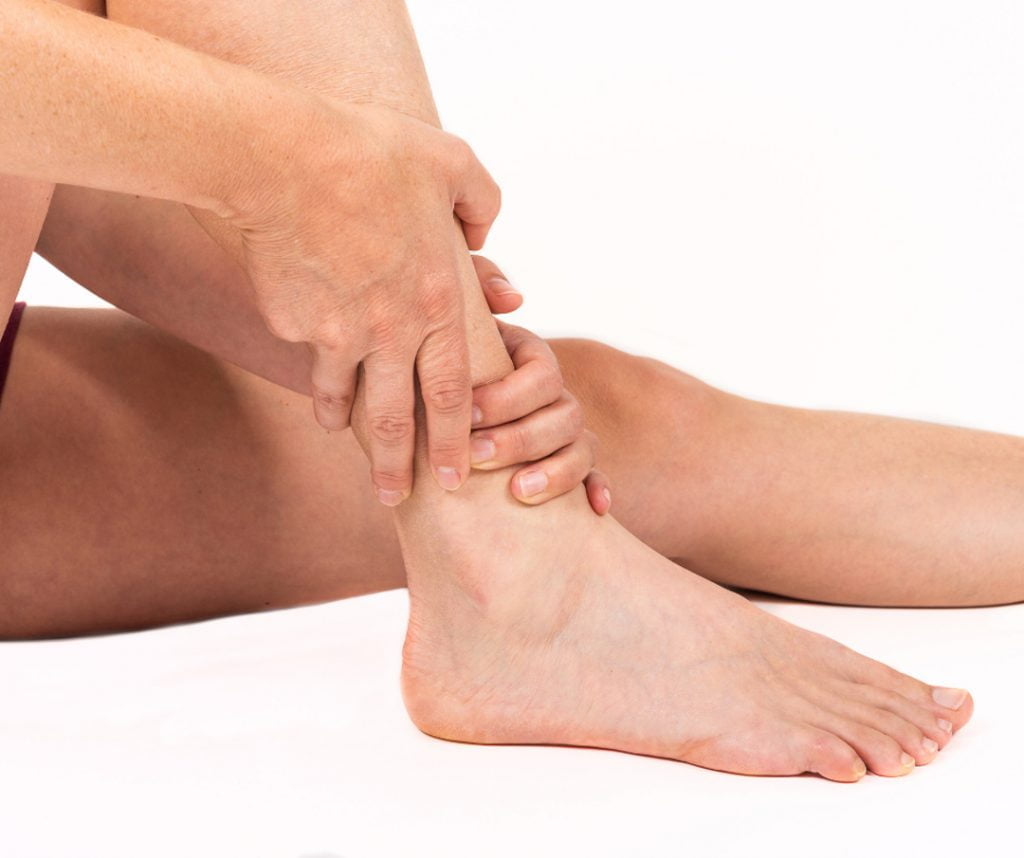What happens when you roll your ankle?
A “rolled ankle” is arguably the most common sporting injury with the usual mechanism being a combination of inversion (ankle turning inwards) and plantarflexion (ankle pointed down), resulting in damage to the ligaments on the outside of the ankle.

It occurs in activities requiring rapid changes of direction, walking or running on uneven surfaces or an athlete who has jumped and lands on another player’s feet.
When you first roll your ankle there is no doubt that it will be painful and most likely swollen. This may prompt you to visit the emergency department of your local hospital for an x-ray – however this is not always required. If you can take weight through your ankle and walk >4 steps (even if painful) and have an absence of pain along the bony prominences of the ankle (inside and outside), it is unlikely that you have broken a bone, rather you have mostly likely sprained your ankle.
The best way to manage a “rolled ankle” in the first 48-72 hours is with the acronym RICE, which stands for Rest, Ice, Compression and Elevation. You should also follow another acronym and avoid HARM, which stands for Heat, Alcohol, Running/Exercise and Massage.
After the acute phase has passed the next step is to book an appointment with a physiotherapist. Too often, a “rolled ankle” is not taken too seriously despite the fact it can result in long term consequences and chronic ankle instability if not managed well. Your physiotherapist can provide treatment including the prescription of exercises to improve joint range of movement, lower limb strength, and balance/proprioception (body awareness), as well as guidance in the return to activity, running or sport.
Call us on (02) 4314 5183 or book an appointment today.
If you roll your ankle please contact us for advice.

